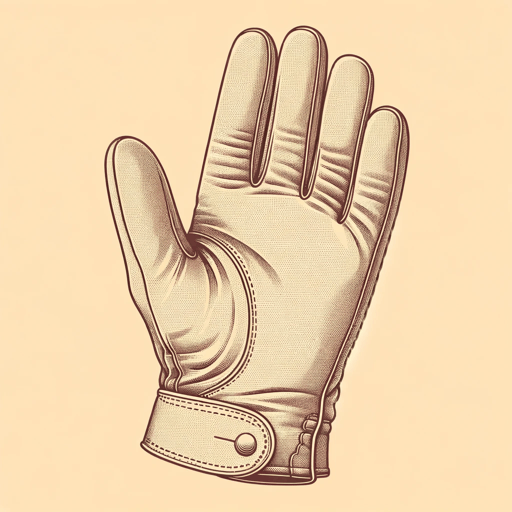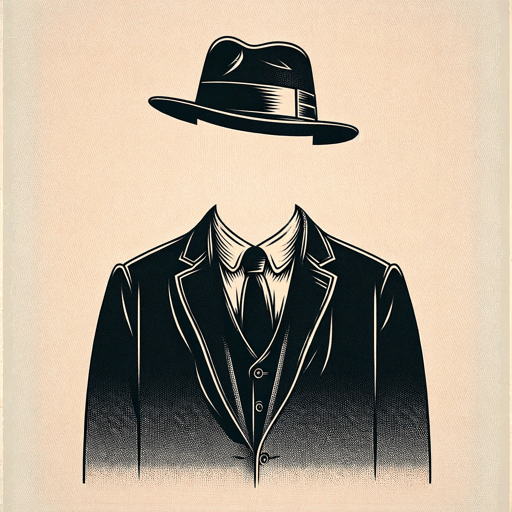58 pages • 1 hour read
Philip RothGoodbye Columbus
Fiction | Short Story Collection | Adult | Published in 1959A modern alternative to SparkNotes and CliffsNotes, SuperSummary offers high-quality Study Guides with detailed chapter summaries and analysis of major themes, characters, and more.
Summary and Study Guide
Overview
Goodbye, Columbus is Philip Roth’s first work of literary fiction, consisting of six short stories, published on May 7, 1959. The book won the National Book Award in 1960 and is the first of many popular and successful works of fiction by Roth. Like his other novels and short stories, many of the stories occur in and around Roth’s birthplace of Newark, New Jersey, exploring the Jewish experience in the US. Roth is known for his exploration of sexual relationships as well as their impact on family relationships, and these, along with tensions between Jewish traditions and modernity, are present in the collection. Other popular works by Roth include The Plot Against America (2004), Portnoy’s Complaint (1969), and the Pulitzer Prize-winning American Pastoral (1997).
This guide references the First Vintage International edition, published in September 1993.
Content Warning: This guide describes and discusses the source text’s depictions of antisemitism and racism.
Plot Summaries
Goodbye, Columbus is a short story collection that explores life in Jewish communities primarily in and around Newark, New Jersey. There are six stories in the collection, with the longest being the titular “Goodbye, Columbus.” This story’s length makes it effectively a novella, as it comprises almost half the collection.
“Goodbye, Columbus” follows the relationship between Neil Klugman and Brenda Patimkin over the course of a summer through Neil’s perspective. Brenda comes from a wealthy family living in the suburbs of Newark, and Neil, a city boy, spends much of the summer, including two full weeks, at her family’s house. Neil struggles to feel accepted by the Patimkins and believes that they see him as an unacceptable match for Brenda, as he is from a lower socio-economic class. He consistently challenges Brenda’s commitment to their relationship, and his insecurity over her feelings for him leads to many arguments. Brenda’s brother proposes to his girlfriend, and the wedding is set for Labor Day, the last day of Neil’s stay with the family and the day before Brenda returns to college. In an effort to unite them, Neil pressures Brenda to get a diaphragm, and although she at first resists, she eventually agrees, and they go to New York to obtain one. After the wedding, Brenda returns to Boston for school, and the two do not see each other until Neil takes the train up for Rosh Hashana. When he arrives, Brenda tells him that her mother found the diaphragm, and though her father forgives her, her mother is disappointed. When Brenda tells Neil that she cannot bring him around her family, they break up, and Neil leaves on a train back to Newark.
In “The Conversion of the Jews,” Ozzie Freedman, one of two child protagonists in the collection, is in trouble for questioning Rabbi Binder about God’s role in the immaculate conception during class. When he tells his mother that she will have to talk to the rabbi again about his questions, she hits him for the first time in his life. The next class, Rabbi Binder tries to break Ozzie, forcing him to ask a question, and when Ozzie does and declares that Rabbi Binder has no answers, the rabbi hits him too. Ozzie flees to the roof, where he keeps an audience of his mother, the rabbi, and his classmates hostage until his mother and the rabbi agree to never hit again over the subject of God. When they agree, he jumps into the safety net provided by firemen.
“Defender of the Faith” follows Nathan Marx as he transitions away from a wartime mentality to a civilian life at a training camp in Missouri. While there, he takes Sheldon Grossbart and two friends, all Jewish trainees, under his wing. He allows them to attend Temple and even attempts to convince his superior that their meals not being kosher is an issue. Through his relationship with Grossbart, who often lies and manipulates to get what he wants, Marx rediscovers his Jewish identity. Eventually, Grossbart convinces Marx to let him and his friends attend his aunt’s Passover seder, but when Grossbart returns without the promised gefilte fish and admits it was made up, Marx disowns him. When Marx finds out that Grossbart uses connections to manipulate his deployment away from the Pacific, Marx reassigns him, much to Grossbart’s horror.
Lou Epstein, the protagonist of “Epstein,” is the proud owner and operator of Epstein Paper Bag. Life at home, however, is not stable, as he finds his marriage crumbling as both he and his wife, Goldie, age. His relationship with his daughter, Sheila, is also contentious, and one night, while his nephew Michael is staying over, he accidentally sees him having sex with a neighborhood girl. Lou begins an affair with the girl’s mother, Ida Kaufman, and when he develops a rash on his genitals, his wife realizes his betrayal. She banishes him to sleep in Michael’s room, and though he tries, Lou cannot convince his nephew that he did no wrong. The next day, Lou fights with his wife and daughter and leaves the house. As he walks through the neighborhood, he sees Ida and pays her a visit. Goldie and Sheila soon hear sirens and walk outside to find Lou being taken to the hospital. He had a heart attack during sex. Goldie rides with him to the hospital, promising him that they will lead a normal life and asking the doctor if he can cure Lou’s rash.
“You Can’t Tell a Man by the Song He Sings” is the second story to feature a young protagonist, although this one remains unnamed. The story follows the short-lived friendship between the protagonist and his classmate, the juvenile convict Albie Pelagutti. They become friends in occupations class, where they take a test to determine what careers they are best suited for. Albie cheats off the protagonist, and as a result, both boys’ tests suggest that their future careers are to be lawyers. Their relationship is at times strained, like when Albie convinces the protagonist that he is a star baseball player and the protagonist chooses him in physical education, only to have Albie play terribly and lose them the game. When their occupations teacher sends them on a field trip to the courthouse, Albie struggles with memories of past crimes and plots his revenge. One day, he has the whole class sing instead of participating in class, culminating in “The Star-Spangled Banner,” in which even the teacher joins in. Their friendship ends when Albie accidentally pushes the protagonist into a window, breaking it, and flees, leaving the blame on the protagonist. The protagonist understands that he fled because of his past, not wanting to be in trouble, but he does not forgive him.
The final story of the collection, “Eli, the Fanatic,” follows Eli Peck as he tries to convince Leo Tzuref and his family, recent immigrants and Holocaust survivors, to either modernize or leave town. Eli is from Woodenton, New York, and is a lawyer appointed by the Jewish population of the town to deal with Tzuref. The town’s different religious communities coexist because none are too vocal or visible with their faith, but Leo’s plans for a yeshivah, and his companion who wears a traditional black suit and hat, threaten this stability. Eli tries speaking with him several times, to no avail. When his wife goes into labor, Eli takes a break from the hospital to bring new suits to the man in the black suit and hat, telling Leo that if he wears modern clothing, the family can stay. The next day, the man walks through town in Eli’s suit and leaves his black suit and hat at Eli’s back door. Out of curiosity, Eli tries on the suit and feels himself transform. He goes to the yeshivah and confronts the man, believing they are almost the same person. The man asks him to leave, and as he walks dejected through town, in the midst of a personal crisis, Eli feels the town’s eyes on him. He realizes that his son must have been born by now and rushes to the hospital, still in the black suit, where he meets his son briefly, only to be led away by orderlies and sedated, although Eli doesn’t believe this will erase the feelings the suit instills in him.
Related Titles
By Philip Roth

American Pastoral
Philip Roth

Defender Of The Faith
Philip Roth

Everyman
Philip Roth

Indignation
Philip Roth

Operation Shylock: A Confession
Philip Roth

Patrimony
Philip Roth

Portnoy's Complaint
Philip Roth

Sabbath's Theater
Philip Roth

The Conversion of the Jews
Philip Roth

The Counterlife
Philip Roth

The Ghost Writer
Philip Roth

The Human Stain
Philip Roth

The Plot Against America
Philip Roth

Zuckerman Unbound
Philip Roth

